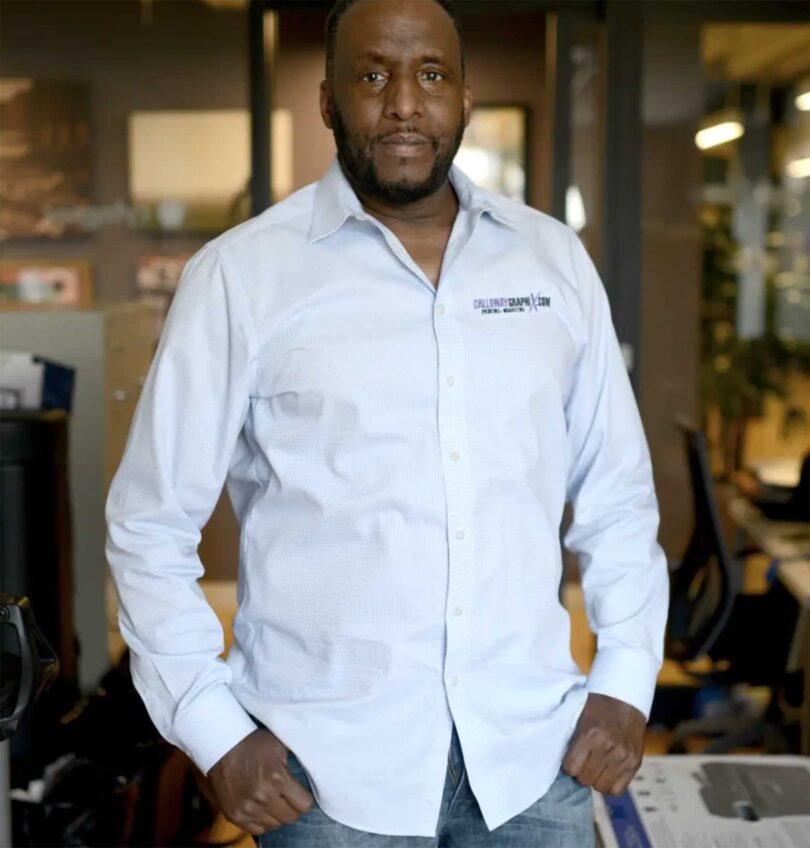In a move that has frustrated housing officials across Massachusetts, Bank of America has pulled out of the state’s most affordable mortgage lending programs.
The bank will instead offer mortgages to the same customers for as much as $500 more a month — an increase that housing experts say low- and moderate-income homebuyers cannot afford.
For the ONE Mortgage program, which features low, fixed-rate financing and state-backed loans that relieve first-time homebuyers from the cost of private mortgage insurance, the loss is even greater. The Massachusetts Housing Partnership program — and its predecessor — average 800 to 1,000 loans a year for a total of approximately $275 million, of which Bank of America has averaged 300 loans a year for about $75 million, according to Tom Callahan, executive director of the Massachusetts Affordable Housing Alliance.
Bank of America has — and the banks it has acquired in a number of mergers have — been responsible for over 40 percent of the loans offered in the affordable mortgage lending programs the state has run, dating back over two decades.
“This is taking more than 300 loans out of the market,” said Esther Maycock-Thorne, president of the Massachusetts Affordable Housing Alliance. “We do not understand why the largest bank in the state is not offering the most affordable and sustainable program for low- and moderate- income first time homebuyers.
“It is just not acceptable at this time,” she added.
Bank of America is mostly mum on the move, saying only the decision to not take part in the ONE Mortgage program reflects corporate policy.
“As previously reported, offering one-off products on a state-by-state basis doesn’t align with our efforts to simplify the company,” a Bank of America spokesperson said in a statement. “We’re above the industry average for lending to low- and moderate-income borrowers in the Boston area, and we certainly expect that trend to continue. Bottom line, we remain committed to helping all qualified borrowers purchase homes.”
But Maycock-Thorne is not satisfied with that answer.
“They come into our neighborhoods and they service consumers in more than one way — savings, credit, student loans,” said Maycock-Thorne. “For them to then turn around and say that one size fits all and they are not catering to one particular community or one particular state makes no sense. How can they say that?”
She also points out that Bank of America, which is one of the most prominently featured bank branches through Boston’s neighborhoods, does upwards of $50 billion in deposits in these branches.
“It is Bank of America’s responsibility to give back to the communities they are in — that they are taking from,” she added.
Callahan likened Bank of America’s plans for offering mortgages to predatory lending practices that first triggered the foreclosure crisis that shook the nation in the last decade. He said that the bank is marketing the more expensive Federal Housing Administration loans to homebuyers who are eligible for the ONE Mortgage program.
The Massachusetts Affordable Housing Alliance and the Homeownership Action Network recently released a report detailing the impact of Bank of America’s defection from the state lending program.
According to the report, homebuyers purchasing a single-family home for $220,000 will pay a minimum of $276 per month more at Bank of America than they would pay at a ONE Program lender. The extra monthly cost rises to $438 for a typical two-family home, and reaches $564 for a three-family house.
The report estimated that this would cost 300 low- and moderate-income Massachusetts households over $1.25 million in higher payments to Bank of America this year.
The ONE Mortgage program was originally launched as the SoftSecond program in 1990 in response to the Federal Reserve Bank of Boston finding evidence of racial disparities in mortgage lending in the city’s neighborhoods. SoftSecond was targeted to be affordable and accessible to low- and moderate-income households, with specific emphasis on meeting the needs of black and Latino homebuyers.
At the time, the state’s three largest banks — Shawmut, BayBank and Bank of Boston — agreed to take part. Fleet Bank entered the program in 1991 and then bought Shawmut and then the combined BayBank and Bank of Boston in 1996. In 2003, Bank of America bought Fleet and thus took control of the main banks that had first powered the SoftSecond program.
The Massachusetts Affordable Housing Alliance and the Homeownership Action Network report details that Bank of America officials initially balked at the SoftSecond program, but were convinced by state officials and politicians to back it. The bank responded by making a 10-year, 3,000 loan commitment and was widely credited as being the leading lender in the program and the go-to lender for communities of color.
In June 2013, Gov. Deval Patrick and state housing organizations worked to transition the SoftSecond program to the ONE Mortgage Program in an effort to adjust to current mortgage lending practices.
Six banks — Citizens Bank, Santander, Eastern Bank, Enterprise Bank, Rockland Trust, and Blue Hills Bank — signed on immediately and 18 others have also inked support of the program. But Bank of America remains noticeably missing.
Bank of America and the Boston-based banks it acquired have been responsible for 7,039 of the 17,380 loans offered in SoftSecond program.
Callahan said the ONE Mortgage program will move forward without Bank of America and he credits the 21 other banks for their willingness to step up. The other two big lenders are Citizens Bank and Santander, both of which are committed to about 240 loans a year for approximately $50 million per bank.
Still, he called Bank of America’s decision to leave the program a “big loss.”






